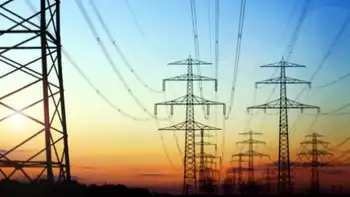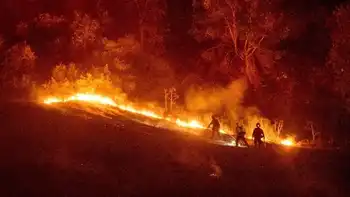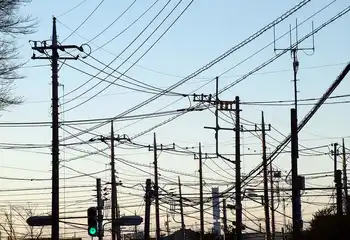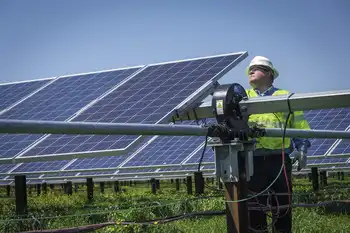Alternative energy gives spark to Nebraska community
By Associated Press
Substation Relay Protection Training
Our customized live online or in‑person group training can be delivered to your staff at your location.

- Live Online
- 12 hours Instructor-led
- Group Training Available
Bloomfield reaped the benefits of a wind energy boom — one that other towns may soon experience as Nebraska continues to harness its strong prairie winds.
Companies spent thousands of dollars in this town of 1,200 people to make sure workers had everything they needed while they built the 27 massive turbines about five miles north of town.
Workers packed hotel rooms, filled up on fuel and patronized local restaurants. That created a spike in business last year at the height of construction.
"It was a very good summer," said Beth Harrold, owner of JB's, the town's busiest eatery. Harrold estimated she sold as much as $2,000 worth of diesel fuel a week, double the amount she usually sells.
But Bloomfield's windfall ended in March when the $140 million Elkhorn Ridge project began producing electricity for Nebraska Public Power District and other partner utilities.
Locals believe it's just a lull and anticipate more wind farms could be built in the area soon, as the nation looks to renewable energy to address global warming and other environmental problems.
The state of Nebraska, a latecomer to wind energy, has jumped on the bandwagon. An interim study on wind power is under way by the Legislature. Due in December, the policy study will look at adding 7,800 megawatts of wind energy to the state's power grid by 2030. Of that, 5,000 megawatts would be exported to big cities in the east.
In Bloomfield, where the wind appears to blow constantly, wind turbine fever is at a pitch. There's talk on the streets of a "mega" wind farm between Bloomfield and Randolph that would generate about 600 megawatts, which would equal the energy output of a good-size coal plant.
Landowners in Cedar County are calling Bloomfield residents and officials for information because speculators are knocking on their doors wanting to lease their land. Landowners don't know if they should take the deal or hold out for more money.
"I think there are developers in the area who are trying to acquire land options," said NPPD renewable energy manager Dave Rich. "There are literally dozens of areas where this is going on — most of them by out-state companies."
Rich said NPPD strongly encourages landowners to work with their local power district and get legal advice before they sign any agreement, which could be "30 to 40 years long."
Jim Huttmann has No. 1 and No. 2 on his farmland.
They are the first wind turbines built by Midwest Energy LLC of Chicago, the company that developed Elkhorn Ridge for Edison Mission Midwest Inc., the principal owner.
Huttmann, 66, is one of 10 landowners who signed 20-year leases. He won't say how much he gets for the two acres — only that it's "considerably" more than he would get if he were growing corn or soybeans on that same land.
With its 144-foot-long blades, each Vestas V90 generates three megawatts of power. The wind turbine, from base to blade tip, is 410 feet high, which is taller than the state Capitol. Together, the 27 turbines produce 81 megawatts, enough electricity to supply about 25,000 homes for a year.
Huttmann hopes the wind turbines will lessen the country's dependence on coal. Meanwhile, he said, the rent payments will help him pay off what he still owes on his land.











